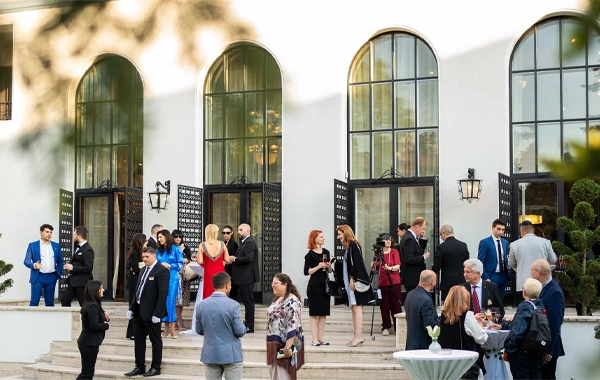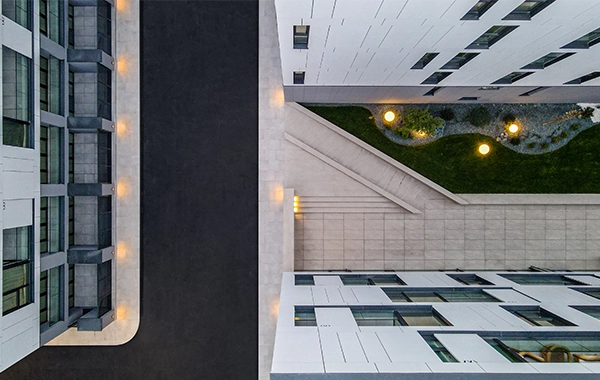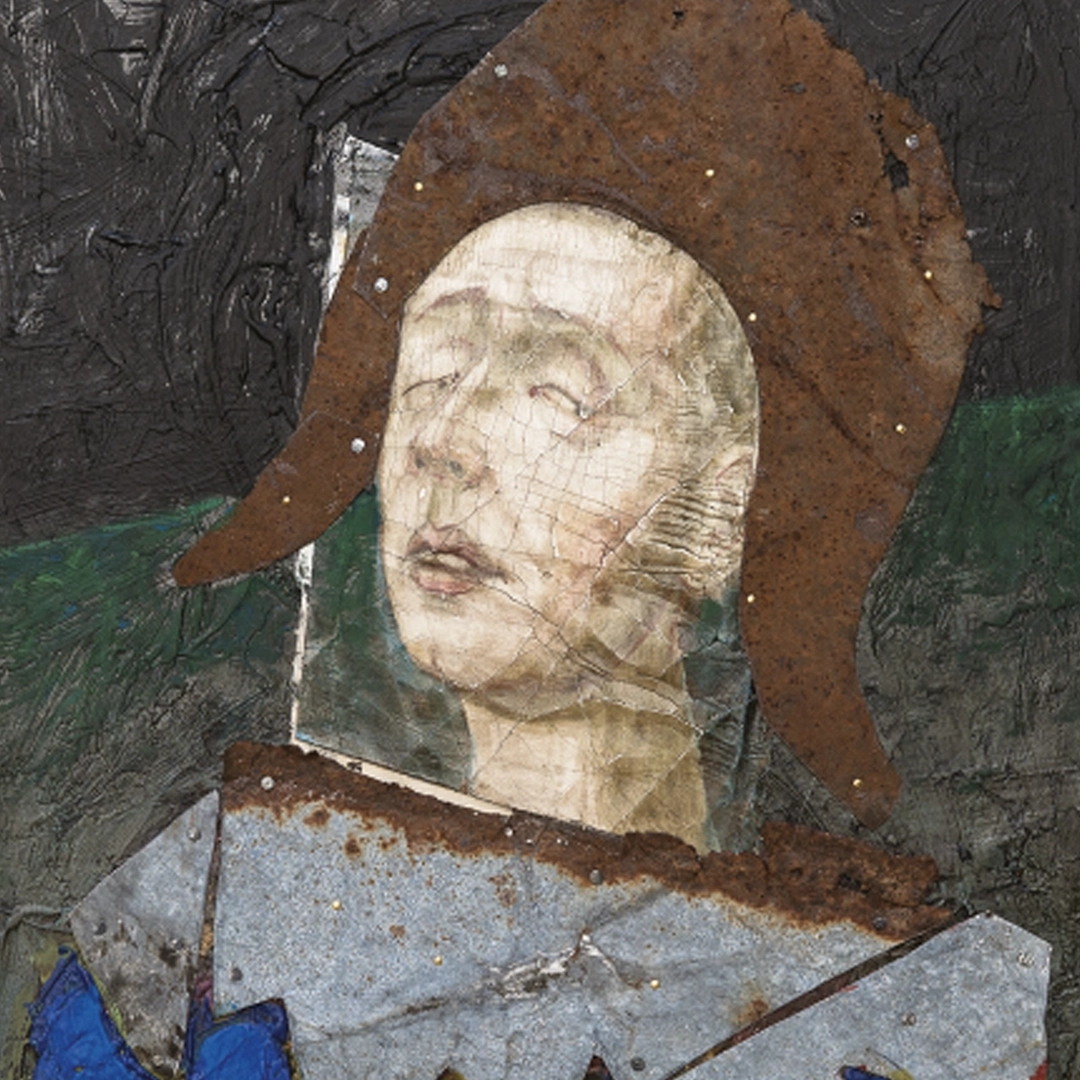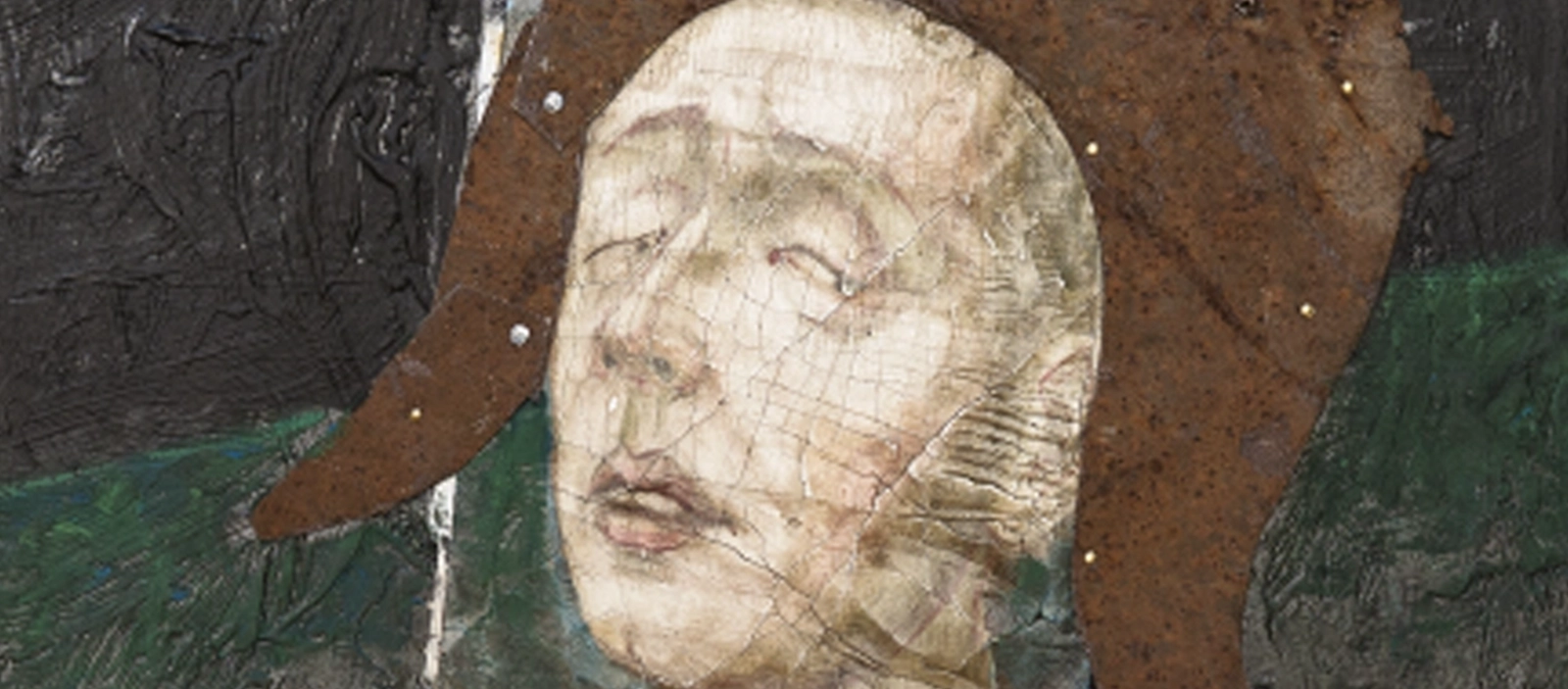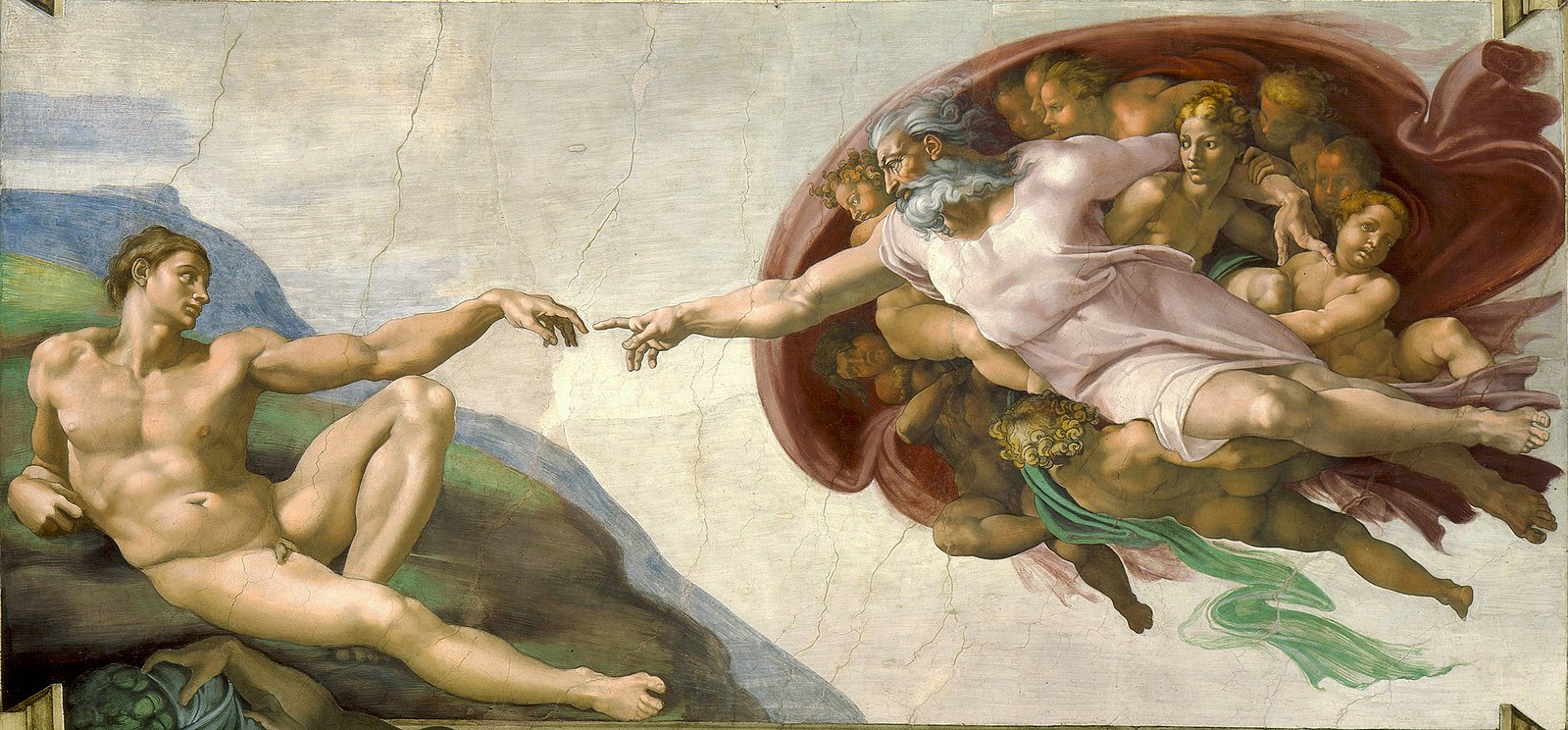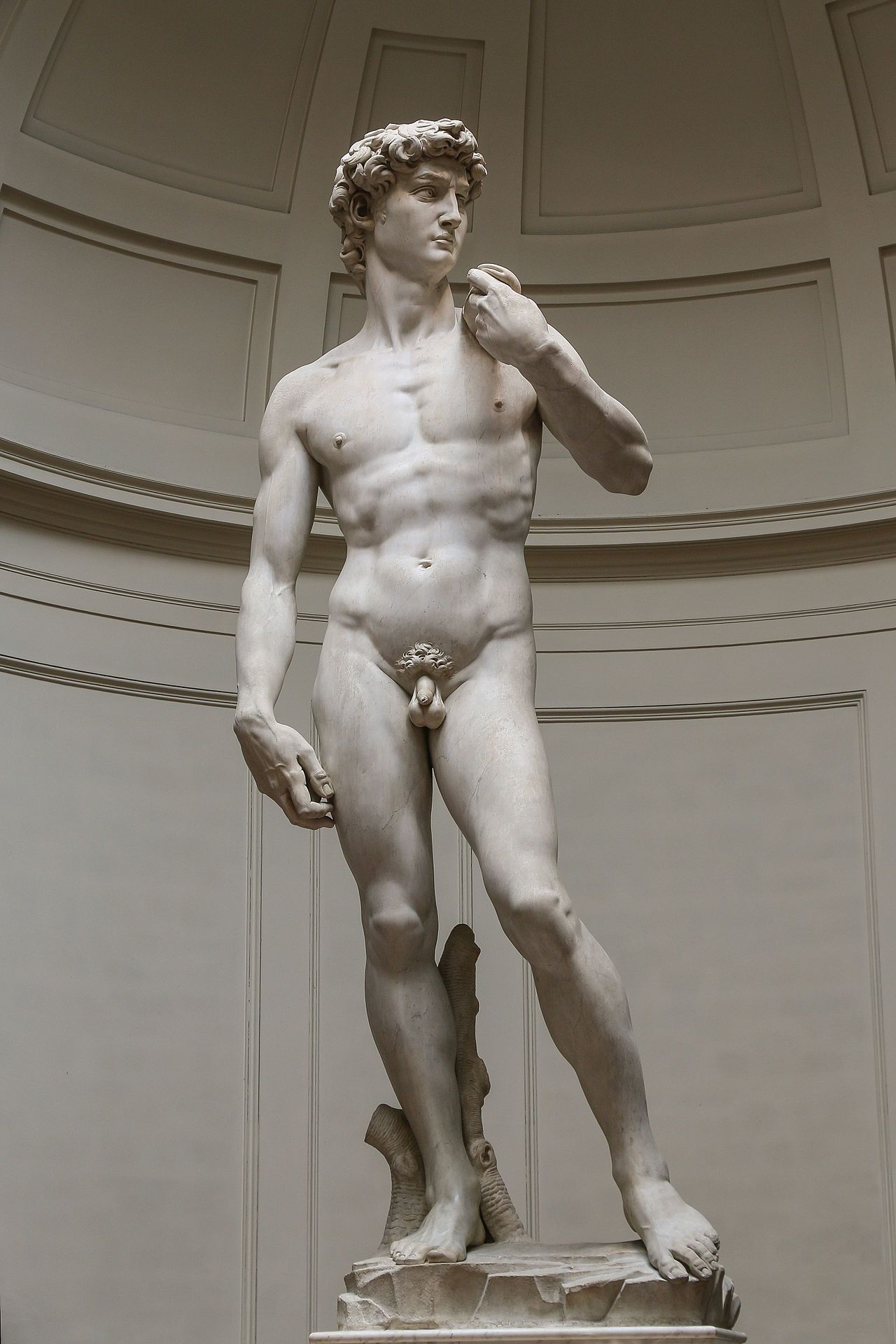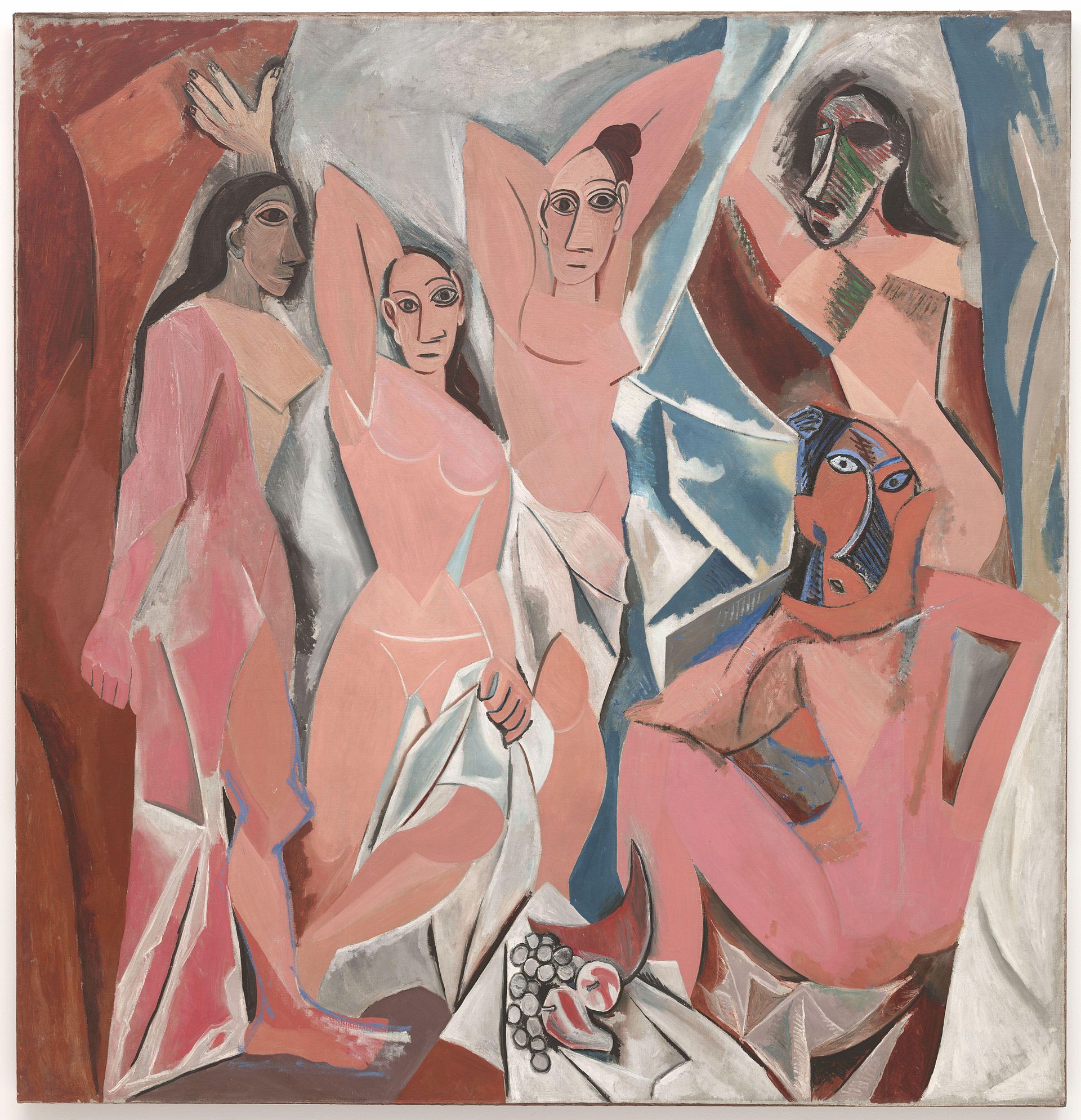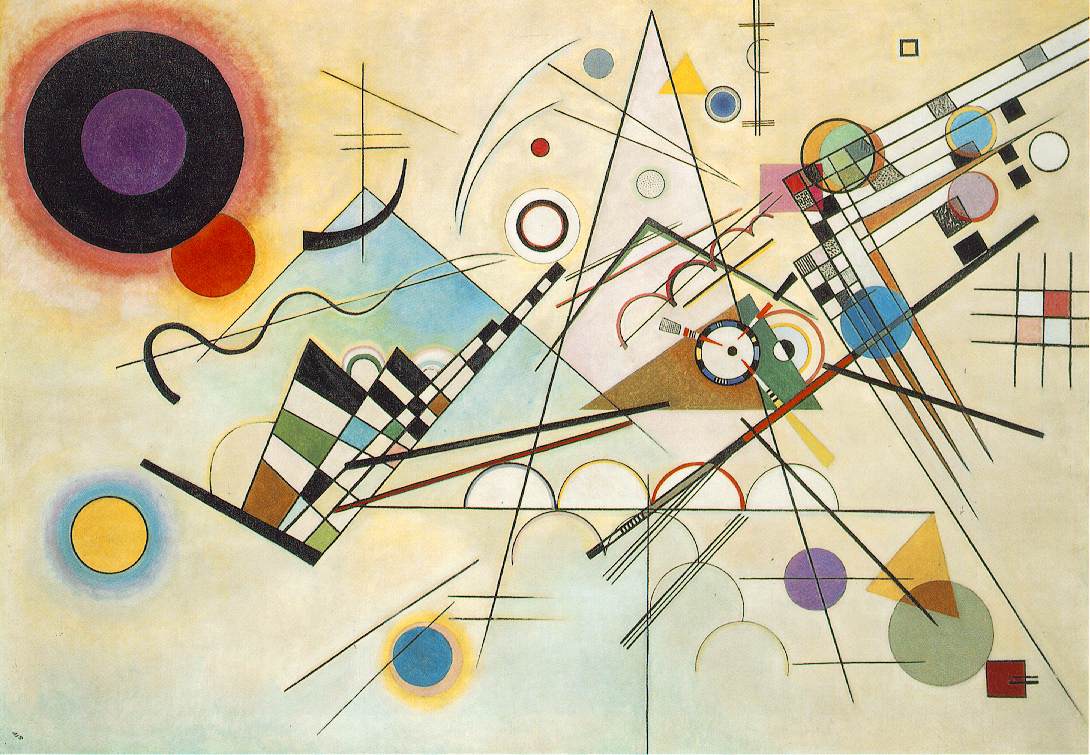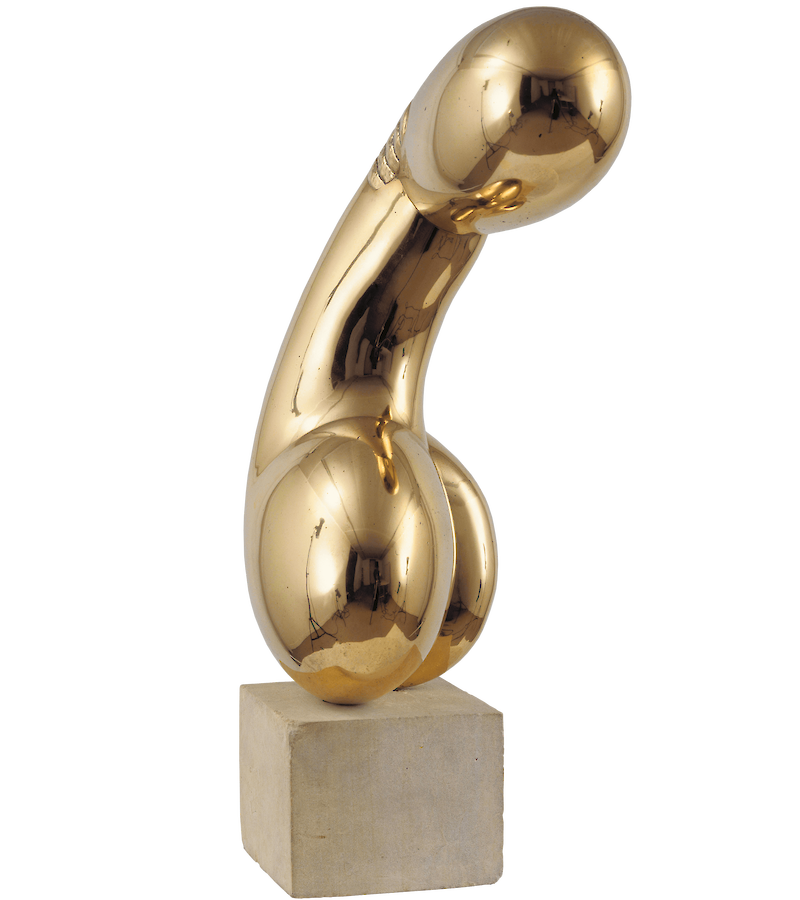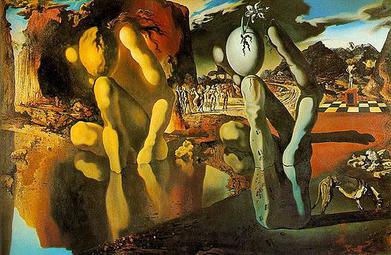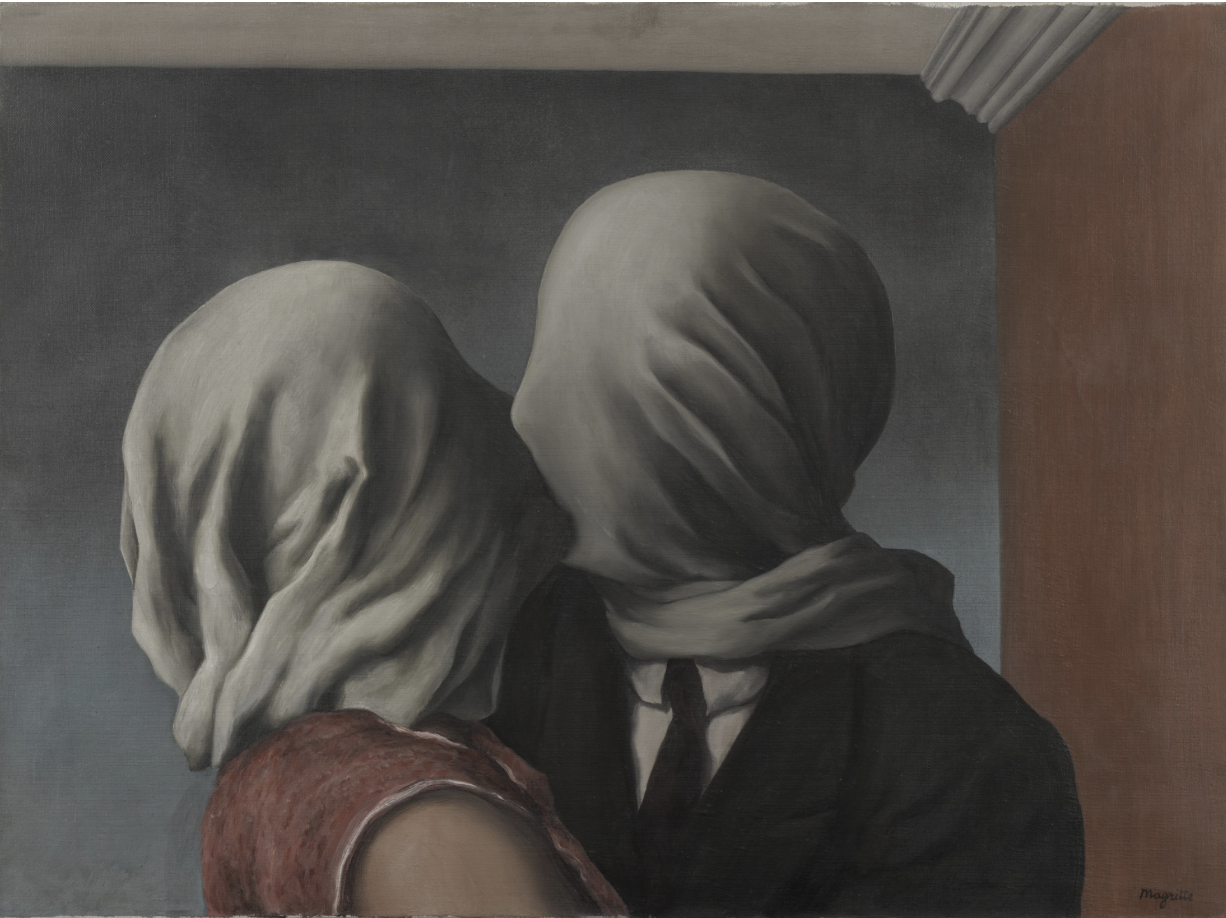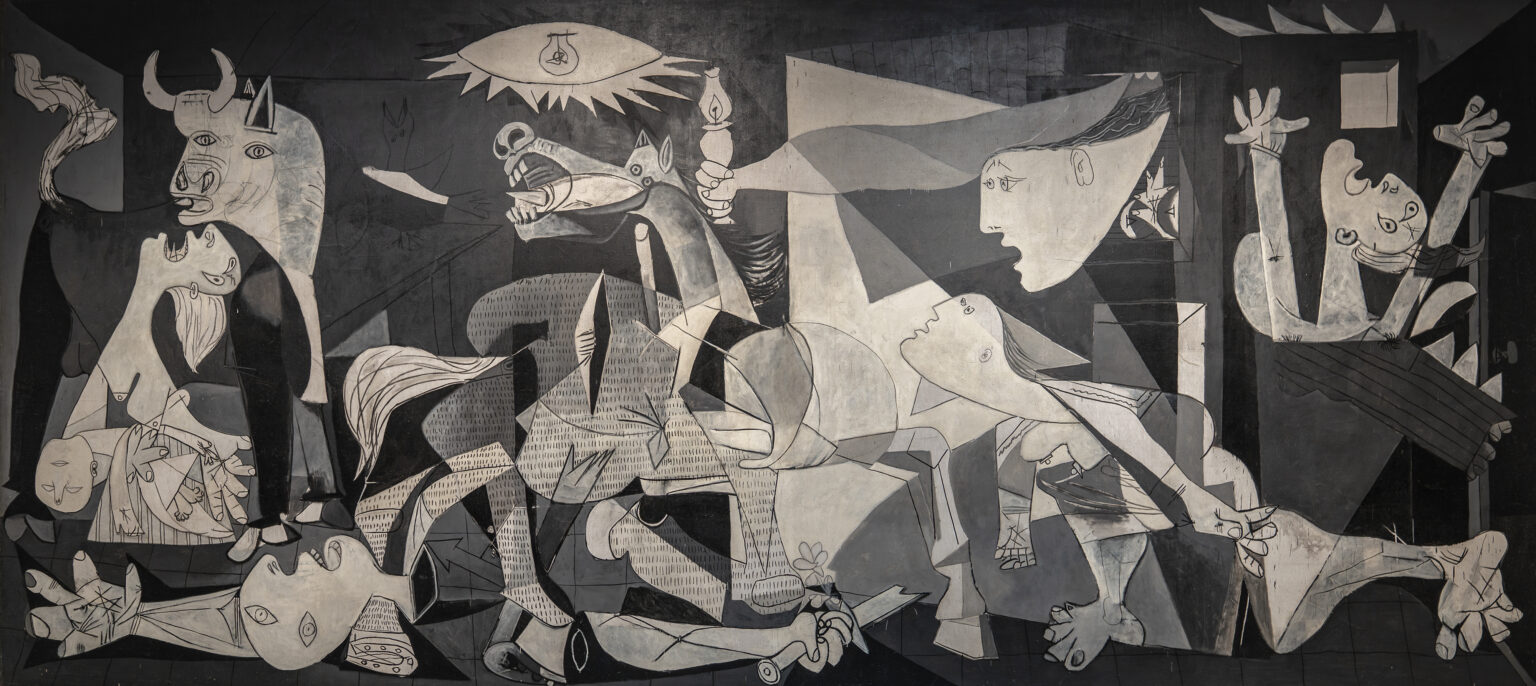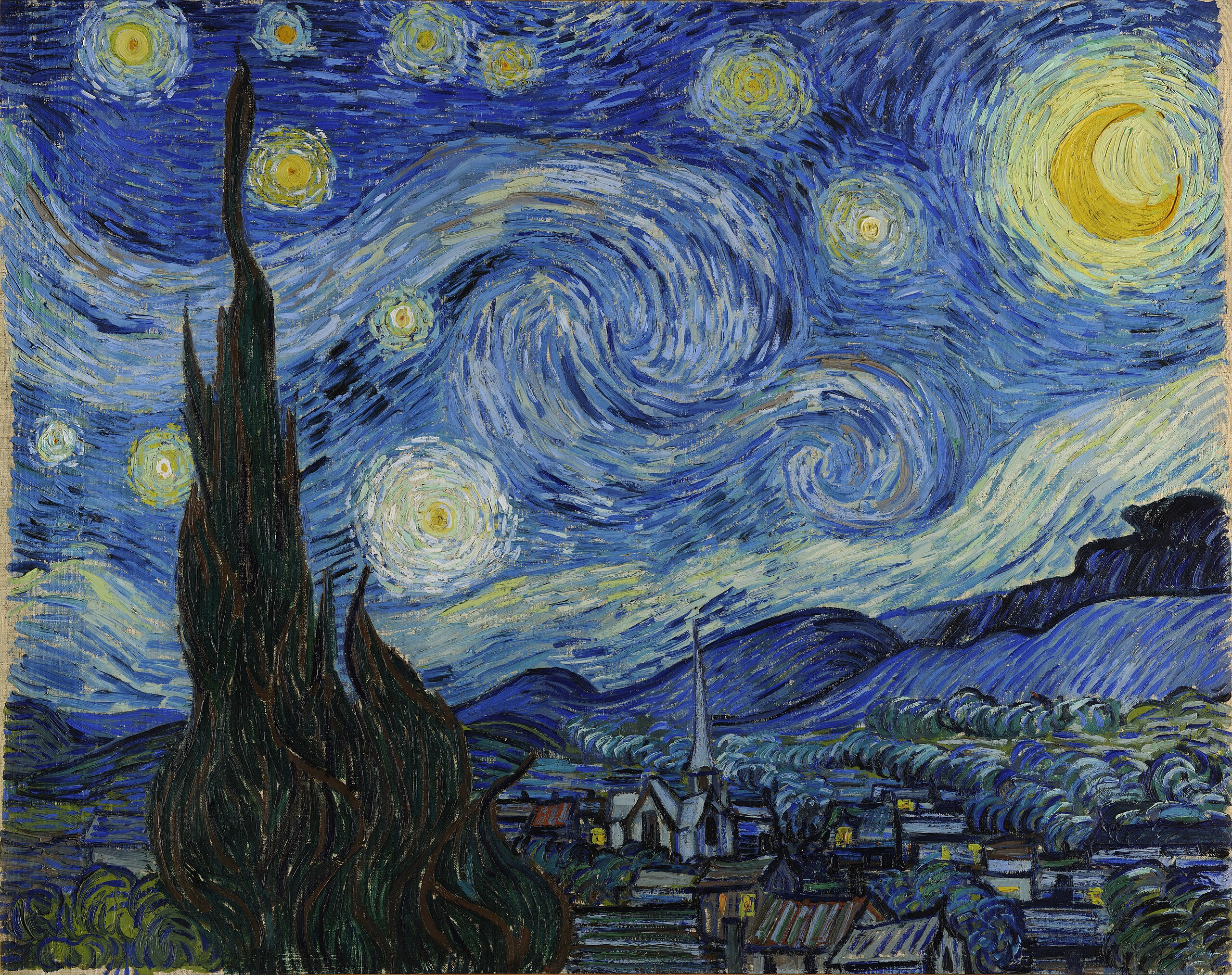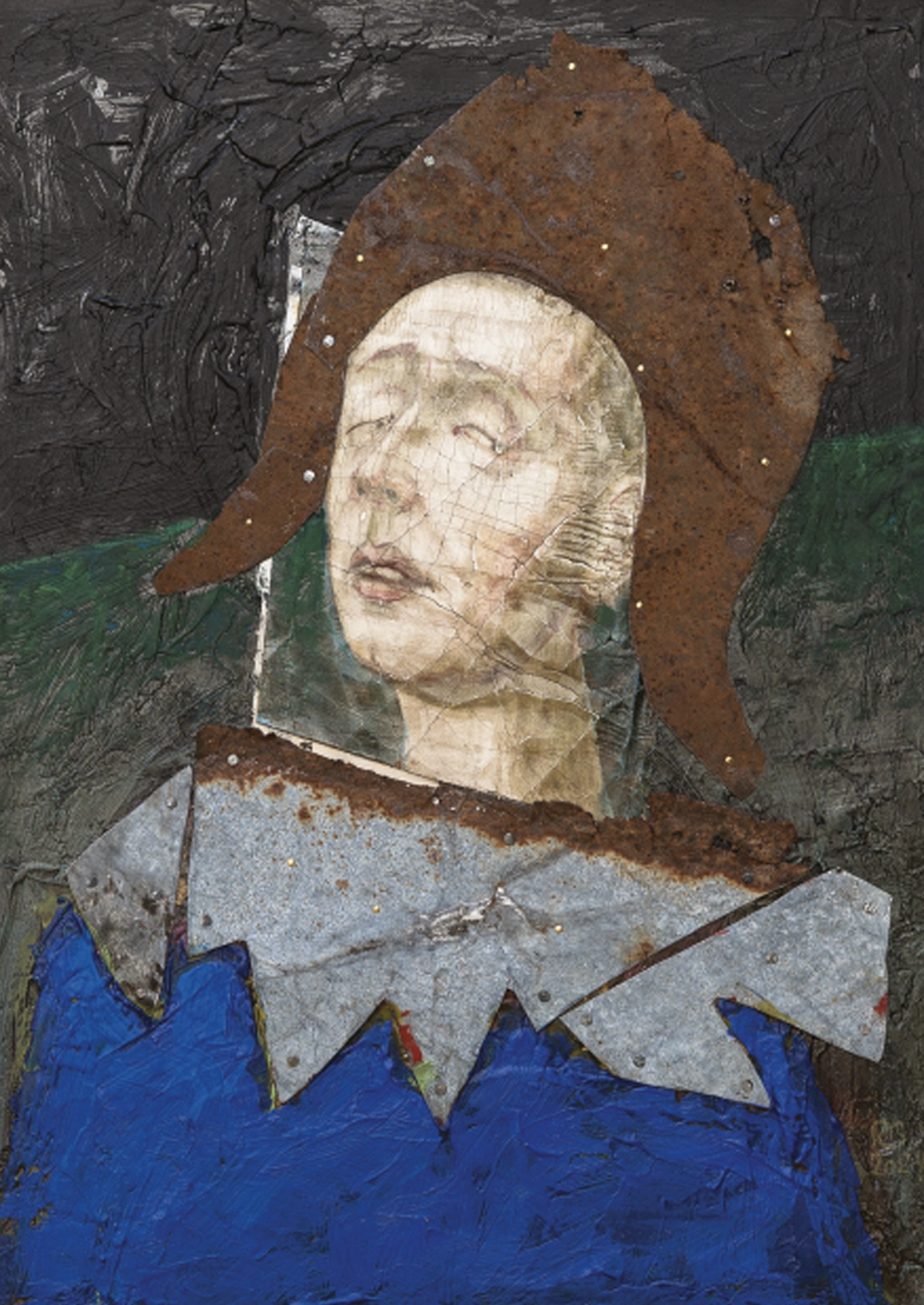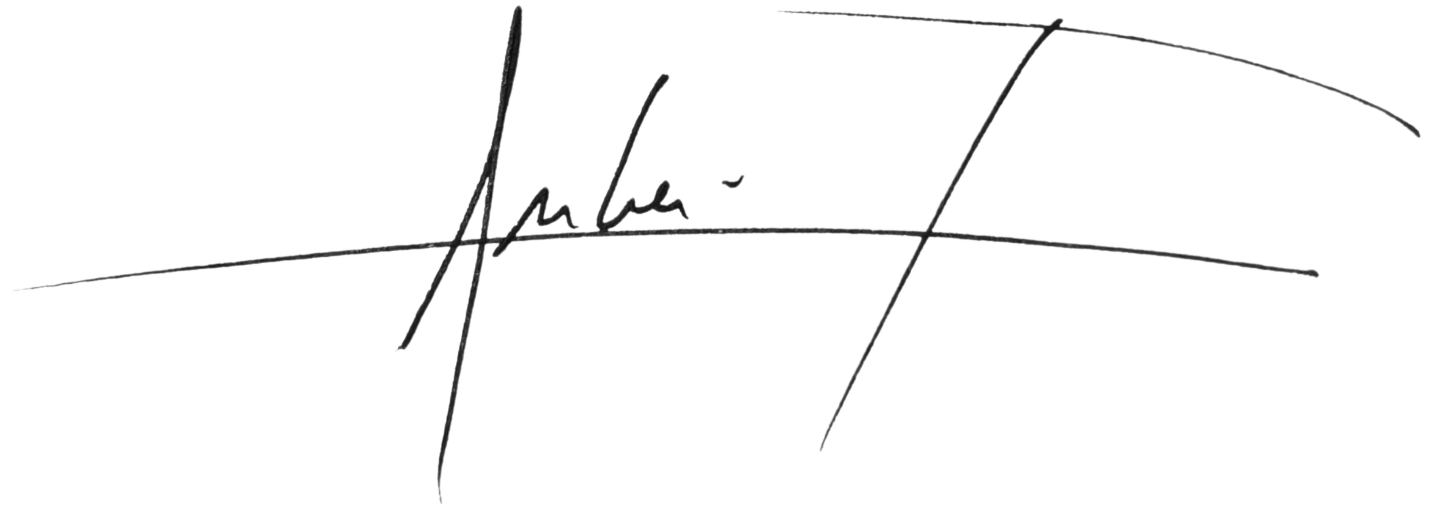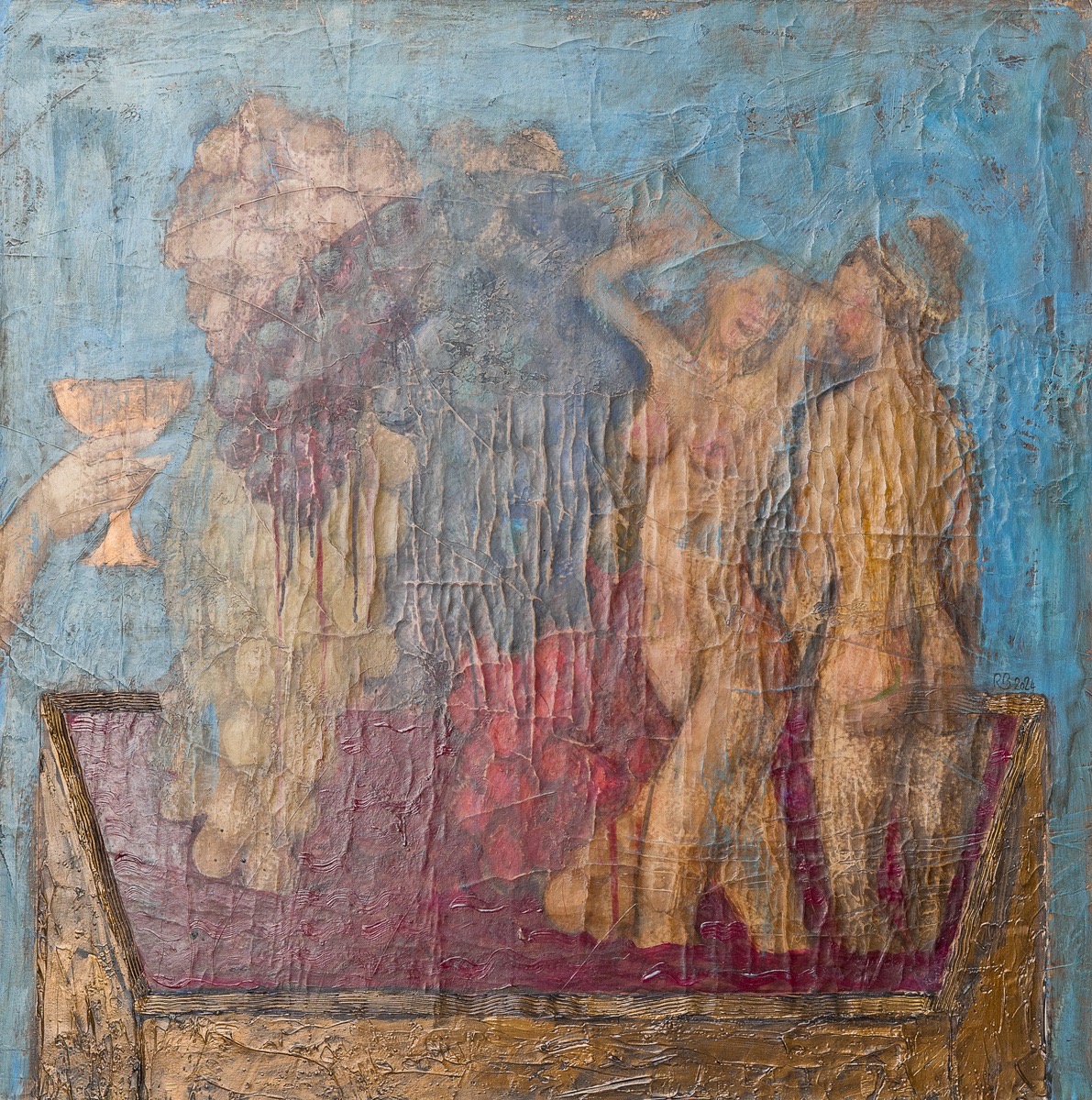For most people, art is synonymous with the idea of beauty. Immediately after this association, a variety of problems arise: what is beauty for me? What is beauty in general? What makes something be considered beautiful? Is beauty the fundamental category of an artwork? What is the connection between aesthetics and beauty? What remains after beauty disappears?
Independent of these categories, there is an indisputable connection between this concept and the idea of time. Since everything is transient, ephemerality offers a value that derives precisely from the fact that something that lasts forever risks becoming ordinary, no longer noticed. At the same time, as Schopenhauer and Nietzsche also observed, knowing that what we admire will disappear gives it a tragic component. This is seen in the contrast between intense emotions of joy and melancholic ones, an example in this regard being the abundance of floral themes and motifs which, most often, speak about exactly this: fugit irreparabile tempus.
Not least, from a psychological point of view, the lack, disappearance, or change of something makes us value it more, rarity being a principle that prevails over importance.
If we leave the realm of passing time, from the point of view of timelessness, beauty can also be understood as harmony or even symmetry, attributes appreciated since Ancient Greece. The ideal forms of beauty, as Plato considered them, were not dependent on time precisely because they descended from the World of Ideas. On the other hand, modern and postmodern aesthetics tend to give crucial importance to culture, history, values, and even current trends in understanding the idea of the ideal in beauty, things being very different regarding what people can consider beautiful, banal, or even ugly.

